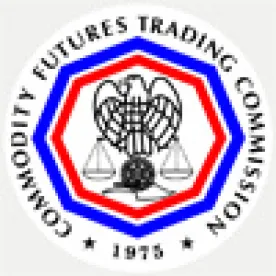On January 30, the Commodity Futures Trading Commission (CFTC) voted to publish for comment revised rules establishing position limits on derivatives contracts that provide for physical delivery. The vote was 3-2, with Commissioners Behnam and Berkovitz dissenting.
As explained by CFTC staff, the proposed rules would establish position limits with respect to 25 “core referenced futures contracts,” identified as the most liquid, physically settled exchange-traded futures contracts. The 25 contracts include the nine “legacy” agricultural futures contracts that are currently subject to CFTC position limits, seven additional agricultural futures contracts, five metals futures contracts and four energy futures contracts. With certain exceptions, cash-settled futures contracts that are directly or indirectly linked to the to the price of the physically settled contract or the underlying commodity and economically equivalent swaps, as defined, also would be subject to the proposed position limits.
With the exception of the nine legacy agricultural contracts, the CFTC’s position limits would apply only in the spot month. These limits would generally be set at 25 percent of the deliverable supply, but may be higher or lower for certain contracts. With respect to the non-legacy contracts, the rule would require the relevant exchange on which the contracts are traded to adopt either position limits or position accountability levels.
The proposed rules also would expand the current list of enumerated bona fide hedges to include, for example, hedges of anticipated merchandizing. To provide market participants with greater flexibility on managing their business risks, the proposal also provides guidance on whether and when market participants are permitted to measure risk on a gross basis rather than a net basis. However, firms will be required to measure risk on a consistent basis. Enumerated hedges are self-effectuating. That is, no prior approval would be required from the CFTC, although a market participant would be required to obtain approval from the relevant exchange. Self-effectuating hedge exemptions also would be available for other transactions such as spreads and pass-through swaps as approved by exchanges. With respect to non-enumerated hedge exemptions, a market participant would be required to file a request to exceed the position limit with the relevant exchange. If the exchange grants the request for a non-enumerated hedge exemption, the exchange will forward its decision to the CFTC for review. The exemption will be deemed granted provided the CFTC does not intervene during a 10-day review period. The market participant would not be permitted to exceed the applicable position limit until the 10-day review period lapses. Importantly, the CFTC may act solely through its commissioners and not through staff.
In terms of process changes, the CFTC is proposing to eliminate Form 204 cash positions report and the cash information reported under Form 304.
Comments on the proposed rule must be submitted no later than 90 days after approval of the proposal by the CFTC (i.e., April 29). The CFTC does not intend to extend the comment period.
The proposal is available here.




 />i
/>i

